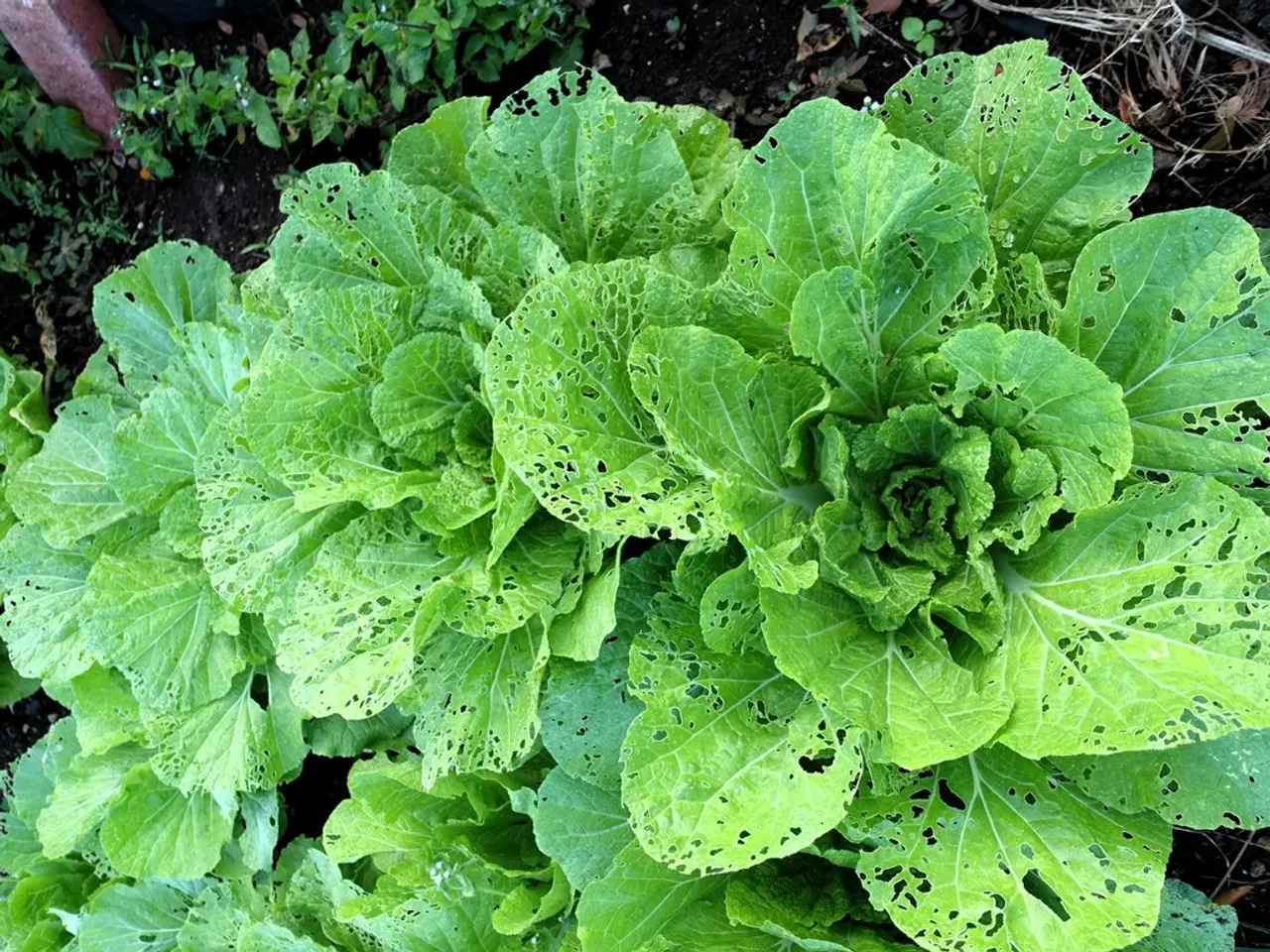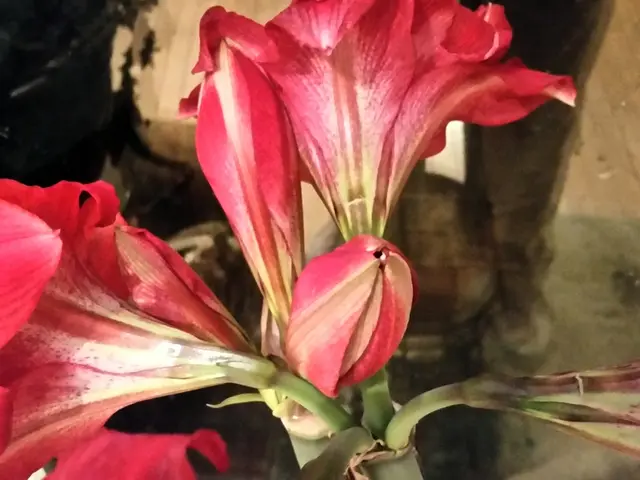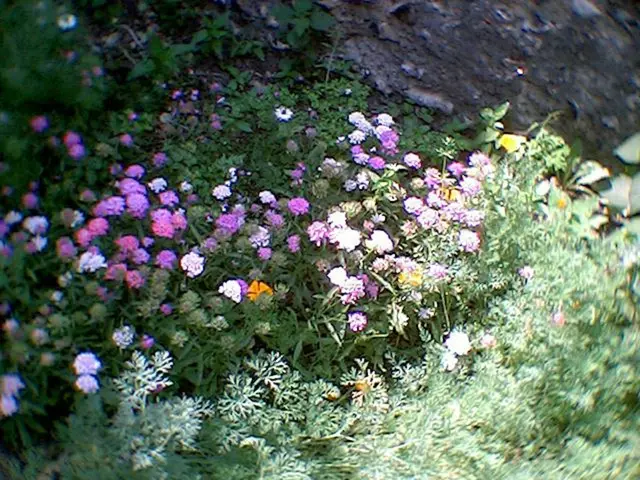Cultivating Spinach in Pots: A Guide on Growing Spinach in Container Setups
Title: How to Grow Delicious, Homegrown Spinach in Pots
Spinach is an easy-to-grow, nutritious vegetable that can be grown in containers, even if you don't have a garden plot. With just a few simple steps, you can enjoy fresh, organic spinach whenever you want. Let's dive into how to grow spinach in pots.
Can You Grow Spinach in a Pot?
Absolutely! You can grow spinach, as well as several types of greens, in containers. The versatility of spinach makes it a great choice – it can be eaten fresh, cooked, canned, or frozen, and you can even plant successive crops for a continuous harvest.
How to Grow Spinach in Pots
Like all plants, spinach requires ideal conditions like light, water, soil, and temperature. Although it's a cool-weather crop, it can be grown indoors year-round. Here's a breakdown:
- Light: Provide bright, indirect light for around 6-8 hours a day. Consider using grow lights for insufficient natural light. Remember, spinach is a cool-weather crop, so it prefers indirect sunlight and wants to avoid the hot, harsh rays of the sun.
- Watering: Keep the soil consistently moist, but not soggy. Test the soil by pushing your finger in; if it's dry, water well, letting any excess run off. Always water at the base of the plant to prevent water-borne diseases. Mulching around the plants can help retain moisture.
- Temperature & Humidity :** Spinach thrives in temperatures between 50°F to 70°F (10°C to 21°C). As a sensitive plant, it may struggle or develop burnt leaves if temperatures exceed 80°F. To maintain the right temperature, keep containers out of hot spots like near heating vents or direct sun during summer. Humidity levels aren't generally a concern for spinach.
- Soil: Use a nutrient-rich potting mix with good drainage. You can also make your own by combining organic compost with the potting mix.
- Fertilizer: If your soil is rich in compost, your spinach may not require additional nutrition. If not, use a liquid or time-release fertilizer with a nitrogen boost every 3-4 weeks. Go easy on time-release fertilizers, as spinach has delicate surface roots.
- Problems, Pests, & Diseases: With adequate light, water, and soil conditions, spinach rarely faces issues when grown indoors. Outdoor plants may attract various soft-bodied insects, which can be managed with insecticidal soap, BT dust, or spray. Good soil drainage and proper watering are keys to reducing fungal diseases.
Planting Spinach in Pots
Choose a container with adequate drainage holes and a size suitable for the number of plants you're growing. Spinach roots are shallow, so ensure at least 4-6 inches of space per plant.
For planting outdoors, aim to sow seeds 4-6 weeks before the last frost in spring and 6-8 weeks before the first frost in fall.
Place seeds about 1/2 inch below the soil's surface. Water the seeds gently, keeping the soil moist. Germination usually occurs within 5-14 days. Once the seedlings have their first set of true leaves, thin the crop, leaving about 3-4 inches between them.
With proper care and timing, harvest fresh spinach leaves from your container garden, or hit that "cut and come again" method for extended harvests!
Happy gardening! Compete with pals, share photos, and gain expert tips by joining our gardening community. Don't miss out – sign up now and receive a free copy of our eBook, "How to Grow Delicious Tomatoes." 🍅🌱🌱
- Spinach, being versatile, can be grown in pots, allowing you to enjoy fresh, homegrown greens even without a traditional home-and-garden setup.
- In your lifestyle as a container gardener, consider growing spinach indoors with the right conditions, such as bright, indirect light, moist soil, and suitable temperature, for a continuous supply of organic, home-grown spinach.








